
NPS Photo/A. McCutcheon
Description and Rationale
Through the use of satellite imagery and GIS data layers, landscape dynamics monitoring in Pacific Island Network (PACN) parks provides information on land use and land cover change. This monitoring protocol differentiates between natural and anthropogenic causes of land-condition change and allows natural resource managers to understand changes in land cover, pollution sources, avenues for exotic species, and other changes in surrounding lands.
Monitoring Objectives
- Document landscape dynamics for PACN parks every 10 years, identifying spatial and temporal characteristics of land use / land cover changes. A remote sensing based change vector analysis will be used to identify areas that have changed since the last analysis. Finer scale or field data will then describe change conditions.
- Map the distribution and density of infrastructure (e.g., roads and developments) within the wildland-urban interface of PACN parks every 5 years.
- Use tax assessor and US Census Bureau data, in addition to the current land use data identified above, to map the distribution and density of human habitation (e.g., population and housing density) within the wildland-urban interface surrounding PACN parks every 3-10 years.
Monitored At
-
 Ala Kahakai National Historic Trail
Ala Kahakai National Historic TrailSee what's monitored along the Ala Kahakai National Historic Trail.
-
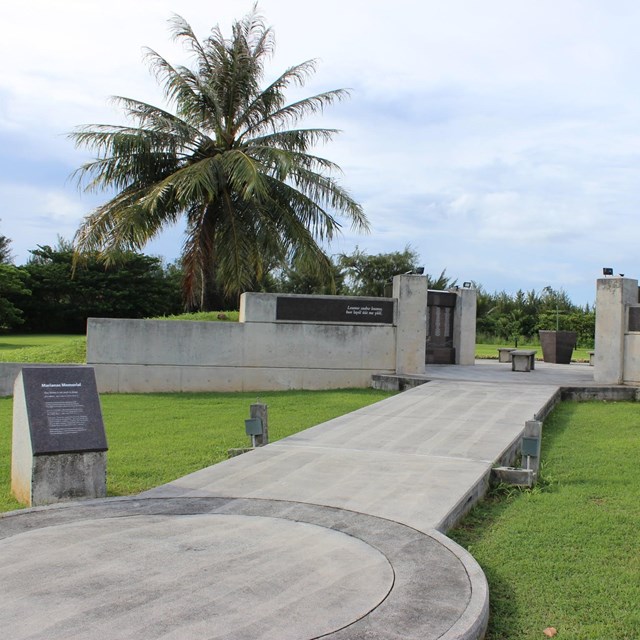 American Memorial Park
American Memorial ParkSee what's monitored at Memorials at American Memorial Park.
-
 Haleakalā National Park
Haleakalā National ParkSee what's monitored at Haleakalā National Park.
-
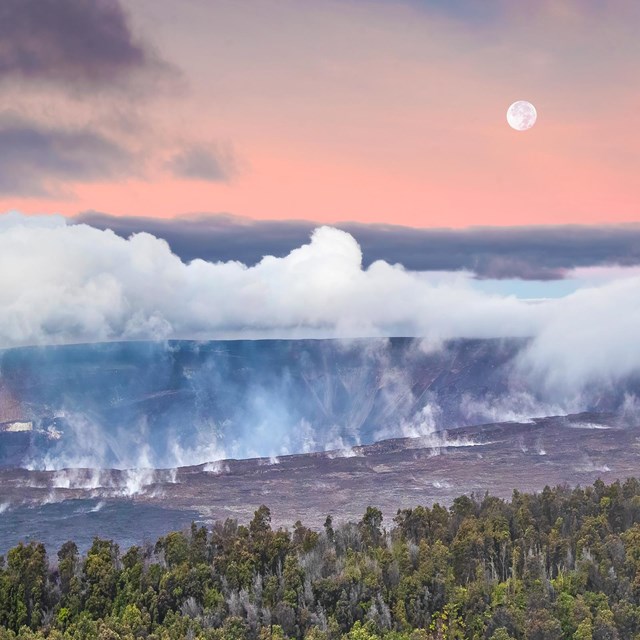 Hawaiʻi Volcanoes National Park
Hawaiʻi Volcanoes National ParkSee what's monitored at Hawaiʻi Volcanoes National Park.
-
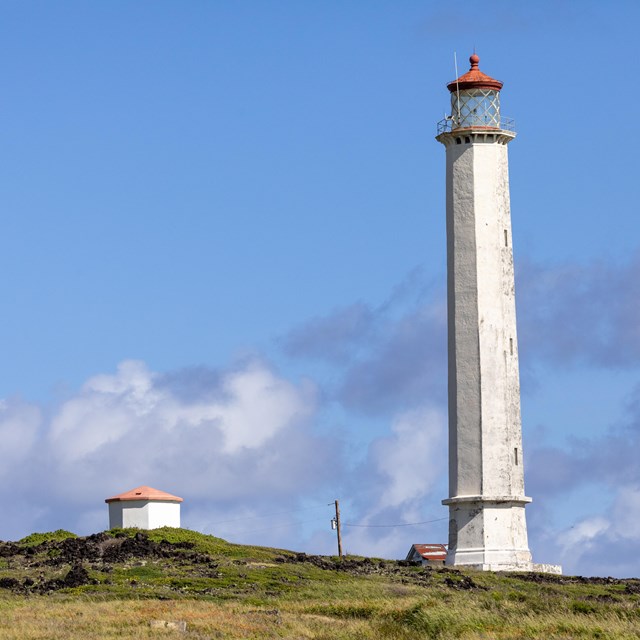 Kalaupapa National Historical Park
Kalaupapa National Historical ParkSee what's monitored at Kalaupapa National Historical Park.
-
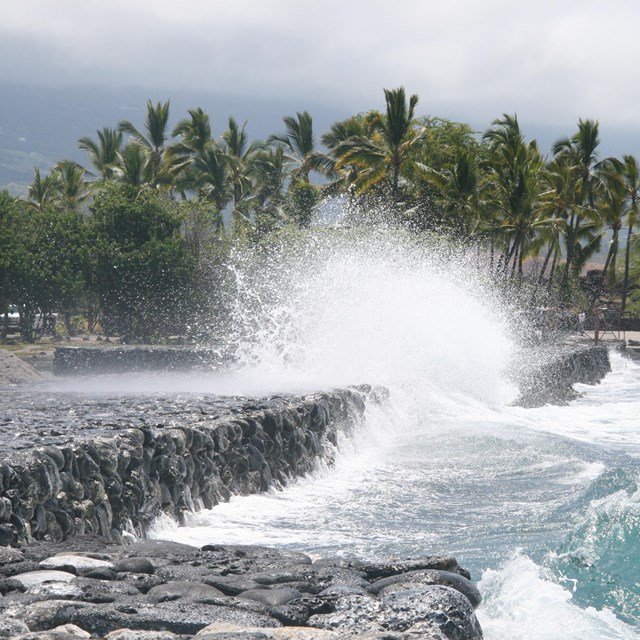 Kaloko-Honokōhau NHP
Kaloko-Honokōhau NHPSee what's monitored at Kaloko-Honokōhau National Historical Park.
-
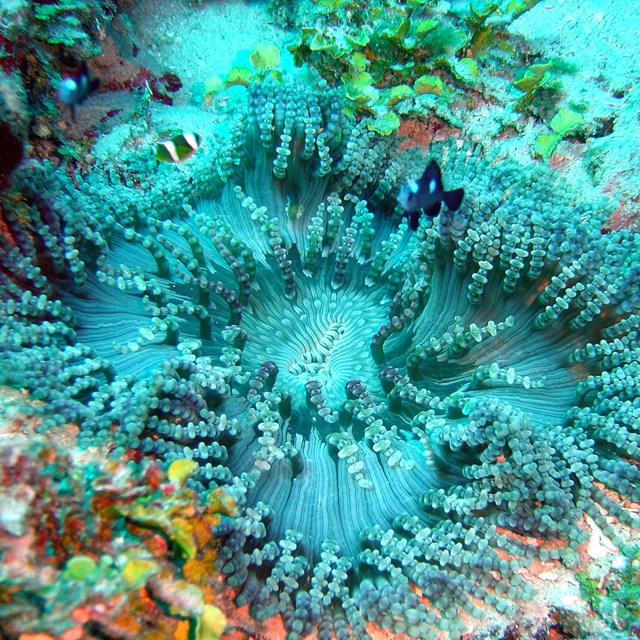 National Park of American Samoa
National Park of American SamoaSee what's monitored at National Park of American Samoa.
-
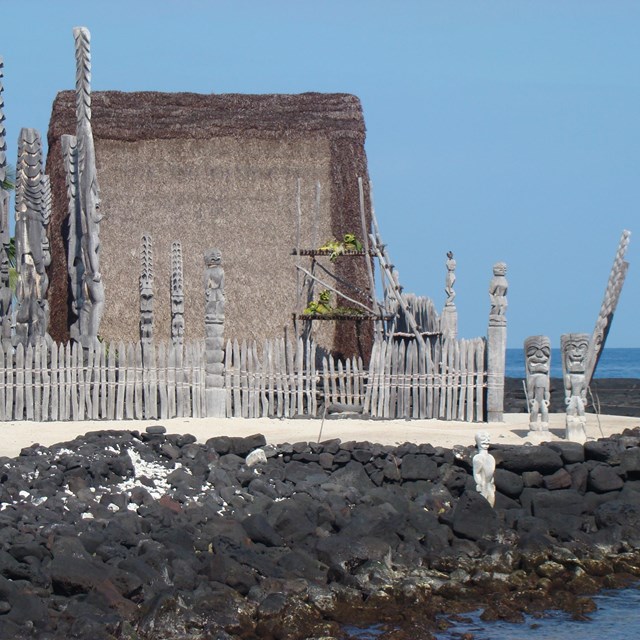 Pu‘uhonua o Hōnaunau NHP
Pu‘uhonua o Hōnaunau NHPSee what's monitored at Pu‘uhonua o Hōnaunau National Historical Park.
-
 Pu‘ukoholā Heiau National Historic Site
Pu‘ukoholā Heiau National Historic SiteSee what's monitored at Pu‘ukoholā Heiau National Historic Site.
-
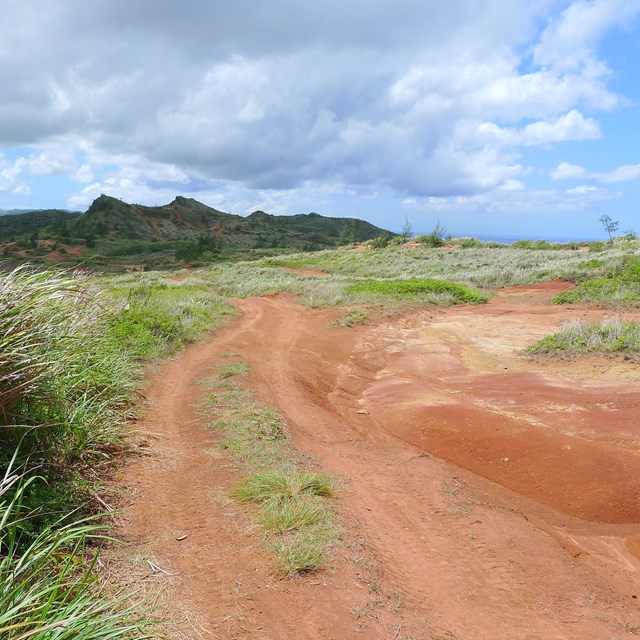 War In The Pacific NHP
War In The Pacific NHPSee what's monitored at War In The Pacific National Historical Park.
Last updated: December 21, 2023
